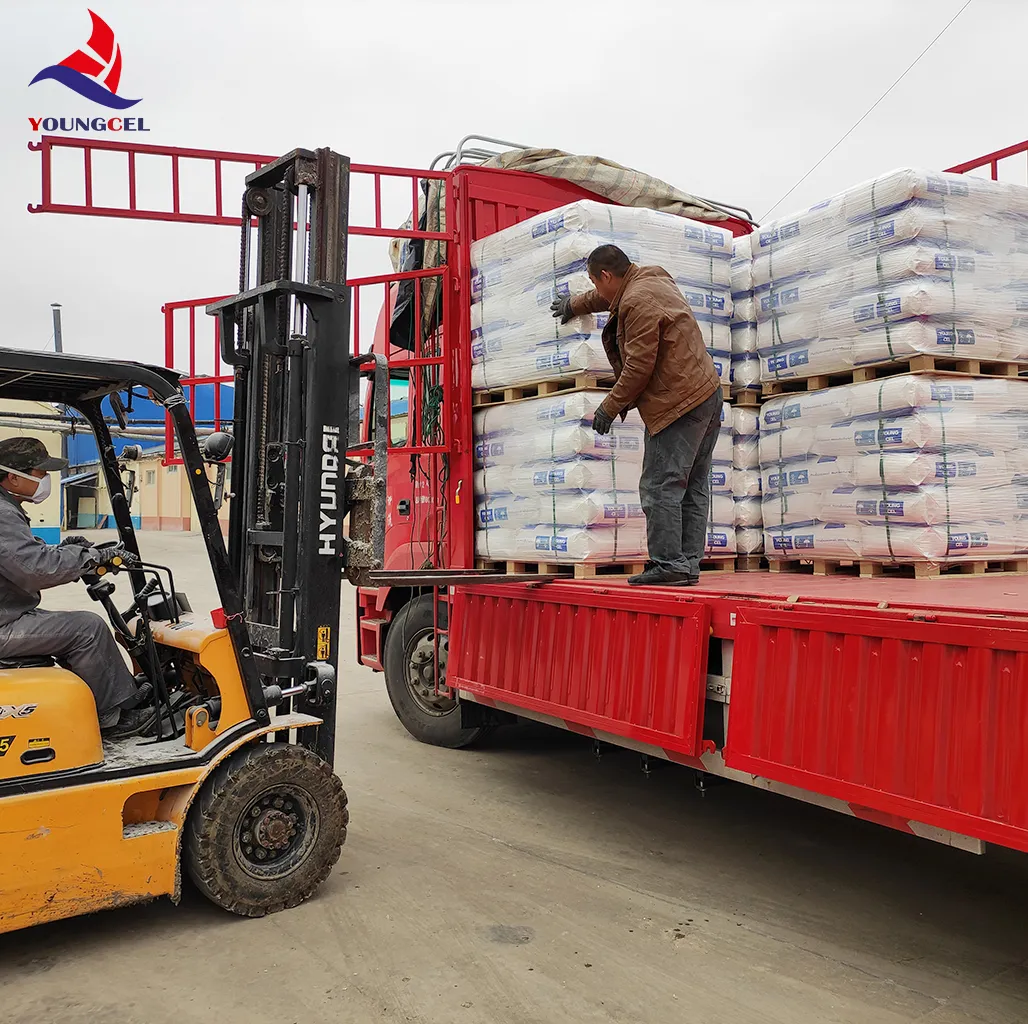The Versatile Applications of HPMC (Hydroxypropyl Methylcellulose)
Hydroxypropyl Methylcellulose (HPMC) is a semi-synthetic polymer derived from cellulose, which has become an essential component in various industries due to its wide range of properties and applications. This article explores HPMC's key characteristics, its common uses, and its advantages over other agents.
Composition and Properties
HPMC is produced by the chemical modification of cellulose, a natural polymer obtained from plant cell walls. By substituting hydroxypropyl and methyl groups onto the cellulose backbone, HPMC gains unique properties that make it highly versatile. It is soluble in water and forms clear, viscous solutions. The degree of substitution (DS) and the molecular weight of HPMC can significantly influence its properties, including viscosity, solubility, and gel-forming capabilities.
One of the remarkable features of HPMC is its ability to form films, emulsions, and gels. It possesses excellent water retention properties, which are beneficial for maintaining moisture in various formulations. Moreover, HPMC is non-toxic and biodegradable, making it a safe choice in consumer products.
Applications in Pharmaceuticals
HPMC plays a crucial role in the pharmaceutical industry. Its excellent binding properties make it a preferred excipient in the formulation of tablets, capsules, and granules. HPMC is often used as a coating agent to control drug release, enhance stability, and improve the aesthetic qualities of the product. By adjusting the viscosity of the HPMC used, manufacturers can tailor the release profiles of active pharmaceutical ingredients (APIs), ensuring that drugs dissolve and absorb effectively in the body.
In addition to its use in solid dosage forms, HPMC is also utilized in liquid formulations, such as syrups and suspensions. Its thickening and stabilizing properties help to improve the texture and appearance of these products, while its ability to suspend particulate matter prevents settling, ensuring consistent dosing.
HPMC in Food Applications
hpmc methyl cellulos

The food industry has adopted HPMC widely as a food additive due to its emulsifying, thickening, and stabilizing properties. It is often used in low-fat and gluten-free products, as it provides texture and moisture retention without adding calories. HPMC can create creamy and smooth textures in dairy products, sauces, and dressings, making it a popular ingredient in various culinary applications.
Moreover, HPMC serves as a vegetarian alternative to gelatin in the production of capsules and can be found in vegan desserts and dairy alternatives. Its versatility allows food manufacturers to meet growing consumer demand for healthier and allergen-free options.
HPMC in Construction
The construction industry has embraced HPMC as a key component in various building materials, such as tile adhesives, plaster, and concrete. Its water retention ability helps improve adhesion and workability. When mixed with cement, HPMC enhances the rheological properties, preventing sagging and cracking during application. Moreover, it contributes to the overall durability and longevity of construction materials.
Benefits Over Other Cellulosic Polymers
Compared to other cellulosic polymers, HPMC offers several distinct advantages. Its solubility in both hot and cold water provides flexibility in formulation, while its ability to form clear solutions makes it ideal for cosmetic and pharmaceutical applications. Unlike traditional cellulose derivatives, which may be limited by their solubility, HPMC remains effective across a range of pH levels and temperatures, making it a more versatile choice.
Furthermore, HPMC does not impart any additional flavors or odors, allowing manufacturers to create products that remain true to their original formulations. Its stability under varying environmental conditions ensures that products maintain their intended quality and efficacy.
Conclusion
Hydroxypropyl Methylcellulose stands out as a multifunctional ingredient with diverse applications across pharmaceuticals, food, and construction. Its excellent properties, such as water retention, emulsification, and thickening, make it an invaluable component in modern manufacturing. As industries continue to innovate, HPMC is likely to play an even more significant role in developing sustainable and effective products that meet consumer needs. Whether in promoting health through pharmaceuticals or enhancing culinary delights, HPMC is a testament to the potential of modified cellulose in today’s world.
-
The Application and Significance of Construction RdpNewsMay.19,2025
-
Industrial Grade HpmcNewsMay.19,2025
-
Building Coating Adhesive Building Coating Adhesive HpmcNewsMay.19,2025
-
Application Of Hpmc For Detergent For Detergent In DetergentsNewsMay.19,2025
-
Application Of Hpmc Cellulose In Cement-Based MaterialsNewsMay.19,2025
-
Application Of High Quality Hpmc For Construction In The Field Of ConstructionNewsMay.19,2025




